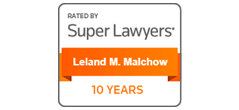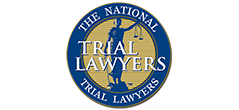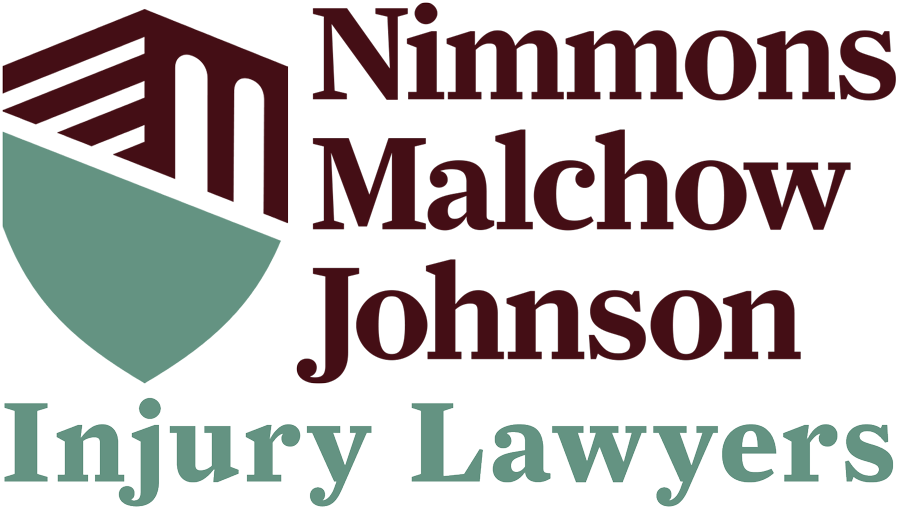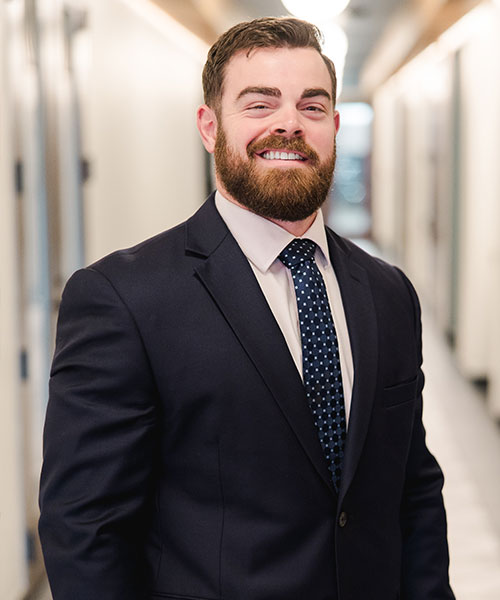In the aftermath of a pedestrian accident, the chaos and confusion can be overwhelming. However, one of the most crucial steps in seeking justice and compensation is gathering evidence at the scene. Evidence is the cornerstone of building a strong case, helping to establish fault, demonstrate the extent of injuries, and secure a fair settlement. This process requires diligence, presence of mind, and a systematic approach. The information gathered immediately after the incident can significantly impact the outcome of any legal proceedings that follow.







Assessing the Scene and Ensuring Safety
The first and foremost priority after a pedestrian accident is ensuring safety. Once immediate medical needs are addressed, the process of evidence collection can begin. This involves a careful assessment of the scene, observing the positions of vehicles, road conditions, and any visible damages. Pay attention to traffic signals, crosswalks, and signage, as these elements can provide critical context to the incident. Noting the time of day, weather conditions, and lighting can also be vital, as these factors might have contributed to the accident.
Documenting the Scene through Photographs and Videos
Photographic evidence can be incredibly persuasive in a pedestrian accident case. Use your smartphone or camera to capture the scene from multiple angles. Include wide shots to show the overall context, as well as close-ups of specific details like skid marks, vehicle damage, and road signs. It is beneficial to photograph the surrounding area, including nearby buildings or landmarks, to provide a comprehensive view. Videos can complement photographs by offering a dynamic perspective, capturing the sequence of events and the immediate aftermath. Make sure to record any statements made by drivers, witnesses, or bystanders, as these can later support your case.
Gathering Witness Statements and Contact Information
Eyewitness accounts can be pivotal in reconstructing the events leading up to the accident. Approach any bystanders or individuals who might have witnessed the incident and politely ask for their statements. Inquire about what they saw, heard, and their perspective on how the accident occurred. It is equally important to collect their contact information, including names, phone numbers, and email addresses, as they may need to provide formal statements or testimony at a later stage. Witnesses can offer an objective viewpoint that can corroborate your version of events and counter any conflicting accounts.
Seeking Medical Attention and Documenting Injuries
Even if you feel fine immediately after the accident, it is crucial to seek medical attention. Some injuries may not be immediately apparent but can manifest later. Medical records serve as vital evidence, detailing the extent and nature of your injuries. Ensure that all medical consultations, treatments, and prescribed medications are thoroughly documented. These records will not only support your injury claims but also demonstrate the impact of the accident on your physical well-being. Keep a personal journal to track your symptoms, pain levels, and the effect of injuries on your daily life, providing a comprehensive picture of your suffering.
Securing Police Reports and Official Documents
Police reports are authoritative records of the accident, often including critical information about the parties involved, witness statements, and the officer’s observations. Contact the responding law enforcement agency to obtain a copy of the official report. This document can provide an unbiased account of the incident, including any citations or charges issued at the scene. Additionally, gather any other relevant official documents, such as traffic citations, accident reconstruction reports, and insurance statements, as these can further substantiate your claims and build a robust case.
Preserving Physical Evidence and Personal Belongings
Physical evidence from the scene can be just as crucial as photographic and documentary evidence. Preserve any personal belongings that were damaged in the accident, such as clothing, bags, or electronic devices. These items can provide tangible proof of the impact and severity of the collision. Store them in a safe place and avoid altering or repairing them until they have been documented by your legal team. Additionally, keep any receipts or records of expenses related to the accident, such as medical bills, transportation costs, and repair invoices, as these can support your claim for damages.
Engaging with Insurance Companies and Legal Representation
Dealing with insurance companies can be complex and intimidating, especially when recovering from an accident. It is essential to report the incident to your insurance provider promptly, providing them with the basic facts and details. However, be cautious when communicating with insurance adjusters, as their primary goal is often to minimize payouts. Avoid providing detailed statements or accepting initial settlement offers without consulting a legal professional.
Engaging with a personal injury attorney can significantly enhance your chances of securing fair compensation. They can guide you through the process, negotiate with insurance companies, and ensure that your rights are protected.
Understanding the Role of Traffic and Surveillance Cameras
In today’s technology-driven world, traffic and surveillance cameras are ubiquitous, capturing footage that can be invaluable in pedestrian accident cases. Identify any nearby cameras that might have recorded the incident, such as those at intersections, on public transportation vehicles, or on adjacent buildings. Contact the relevant authorities or property owners to request access to this footage. Time is of the essence, as video recordings are often overwritten or deleted after a certain period. Securing this evidence promptly can provide an unbiased visual account of the accident, corroborating witness statements and other evidence.
Consulting with Accident Reconstruction Specialists
In complex cases, accident reconstruction specialists can play a critical role in determining fault and liability. These professionals analyze various aspects of the incident, including vehicle dynamics, road conditions, and witness statements, to reconstruct the sequence of events. Their findings can provide a detailed and scientifically grounded perspective on how the accident occurred, identifying contributing factors and pinpointing responsibility. Collaborating with such professionals can strengthen your case, providing persuasive evidence that can be presented in court or during settlement negotiations.
Building a Comprehensive Legal Strategy
Gathering evidence is just the beginning. The next step is to build a comprehensive legal strategy that leverages this evidence effectively. This involves organizing and analyzing the collected data, identifying key points that support your claims, and anticipating potential challenges.
Your legal team will play a pivotal role in this process, using their experience to craft a compelling narrative that highlights the impact of the accident on your life. They will also handle all legal procedures, filings, and negotiations, ensuring that your case progresses smoothly and efficiently.
Navigating the Legal Process with Confidence
The legal process can be lengthy and daunting, but with the right preparation and support, you can navigate it with confidence. Stay informed about the progress of your case, maintain open communication with your legal team, and be prepared to participate in depositions or court appearances if necessary. Understand that seeking justice is a marathon, not a sprint, and that persistence and patience are key. Trust in your legal team’s experience and their commitment to securing the best possible outcome for you and your loved ones.
Choosing a Personal Injury Attorney How Much Is My Personal Injury Claim Worth?Related Videos
The Role of Emotional and Psychological Support
Pedestrian accidents can have profound emotional and psychological impacts, often resulting in trauma, anxiety, and stress. It is essential to address these aspects as part of your recovery process. Seek support from mental health professionals, join support groups, and lean on your family and friends. Documenting your emotional and psychological state can also be relevant to your case, demonstrating the full extent of the accident’s impact on your life. Recognizing and addressing these issues is a vital component of your overall well-being and can strengthen your claim for comprehensive compensation.
Preparing for Settlement or Trial
As your case progresses, you may face the option of settling out of court or proceeding to trial. Each path has its considerations, and your legal team will guide you in making the best decision. Settlement negotiations can provide a quicker resolution, allowing you to receive compensation without the uncertainty and time commitment of a trial. However, if a fair settlement cannot be reached, be prepared to present your case in court. A well-prepared and evidence-backed case can be persuasive to a judge and jury, increasing your chances of a favorable verdict.
Securing Justice and Compensation
Ultimately, the goal of gathering evidence and pursuing legal action is to secure justice and fair compensation for your injuries and losses. This process requires determination, meticulous attention to detail, and the support of a knowledgeable legal team. By taking proactive steps at the scene of the accident and throughout the legal process, you can build a strong case that holds the responsible parties accountable and provides you with the resources needed to move forward.
Fighting for the Compensation You Deserve
If you or a loved one has been involved in a pedestrian accident, Nimmons Malchow Johnson Injury Lawyers are here to help. Our dedicated team understands the complexities and challenges of these cases, and we are committed to providing personalized and compassionate legal support. With our extensive experience and proven track record, we will fight tirelessly to ensure that your rights are protected and that you receive the compensation you deserve. Contact us today for a consultation, and let us guide you through every step of the legal process, from gathering evidence to achieving a successful resolution. Your journey to justice begins with Nimmons Malchow Johnson Injury Lawyers.




